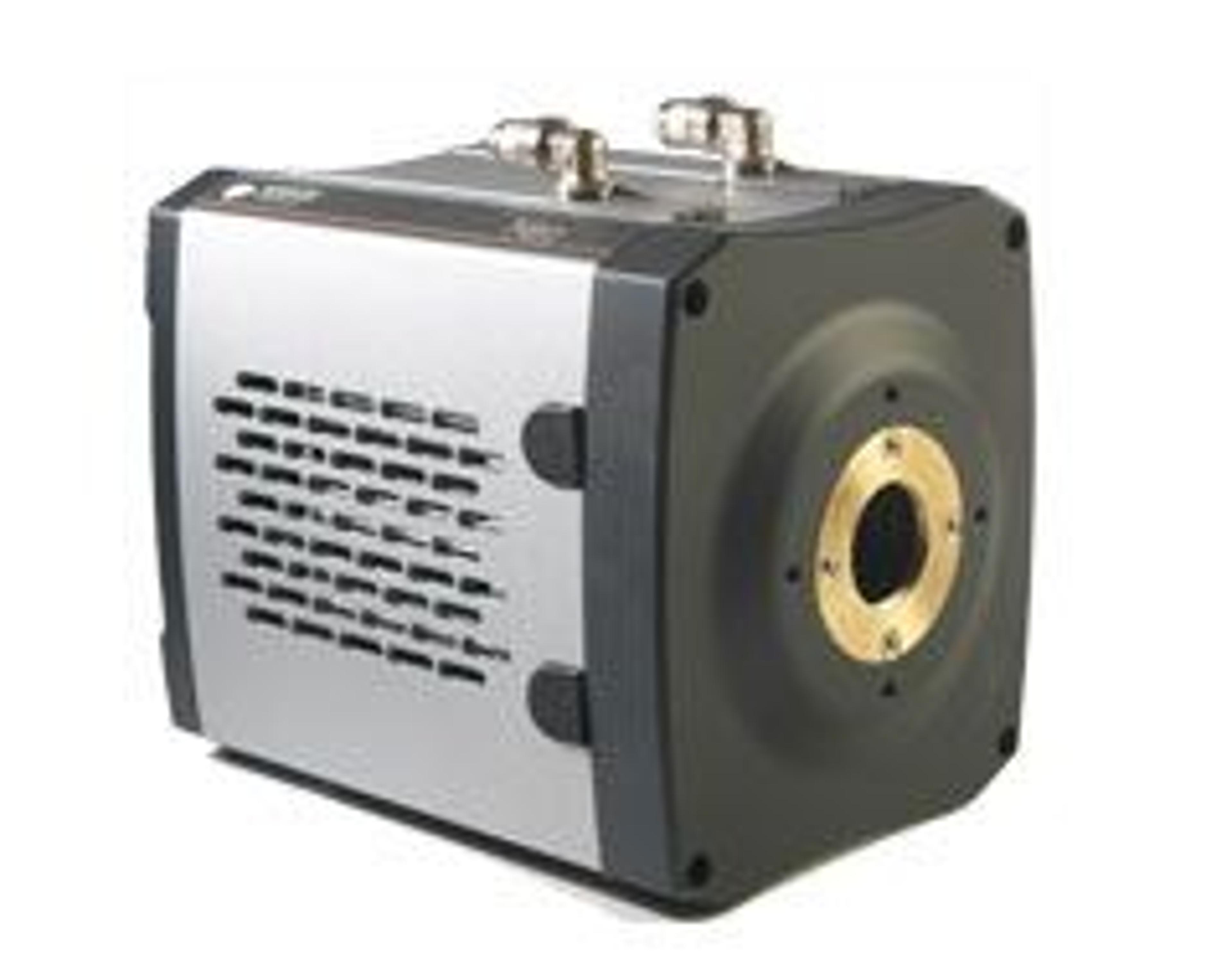sCMOS Camera Launched with Interline Displacement Technology
12 Jan 2012Andor Technology plc (Andor), a world leader in scientific imaging and spectroscopy solutions, today announced several performance enhancements to the industry leading Neo camera, based on next-generation scientific CMOS (sCMOS) technology. Key enhancements include faster sustained frame rates, even better image quality, hardware pixel binning, flexible region of interest capability (with single pixel granularity), accurate timestamp and improved global (snapshot) exposure performance.
Neo’s 5.5 megapixel sCMOS sensor, with 6.5 µm pixel size, is designed to achieve an unprecedented 1 electron read noise at 30 fps, the innovative dual amplifier architecture facilitating a wide dynamic range of 30,000:1 Neo exclusively delivers deep vacuum cooling down to -40 0C, critical to maintain the low noise advantage and a minimal pixel blemish specification across all exposure conditions.
The camera offers comprehensive FPGA intelligence for superior image quality and quantitative stability, coupled with a 4GB on-head image memory which renders it unique in its ability to acquire extended kinetic bursts at frame rates which are faster than the notoriously variable hard drive write speeds, overcoming the need for prohibitively expensive and complex PC solutions.
Dr Colin Coates, Andor’s Imaging Product Manager, said; "Neo is rapidly gaining recognition as the new gold standard ‘workhorse’ laboratory camera, with particular suitability for live cell imaging, and is proving a compelling alternative to interline CCDs. While sCMOS sensors do not possess the raw sensitivity of EMCCD cameras for very low light applications, they do dramatically outperform interline across several key parameters and, importantly, are priced in the same ballpark. Our 5.5 megapixel sensor is unique in offering both rolling and snapshot exposure modes for greater application flexibility, the latter an important inclusion as it is directly analogous to the snapshot exposure mechanism of interline or frame transfer CCD cameras in allowing ‘freeze frame’ capture of fast moving or changing objects. This latest set of performance enhancements, coupled with Neo’s steadily expanding software compatibility, help make for a cleaner upgrade decision.”

